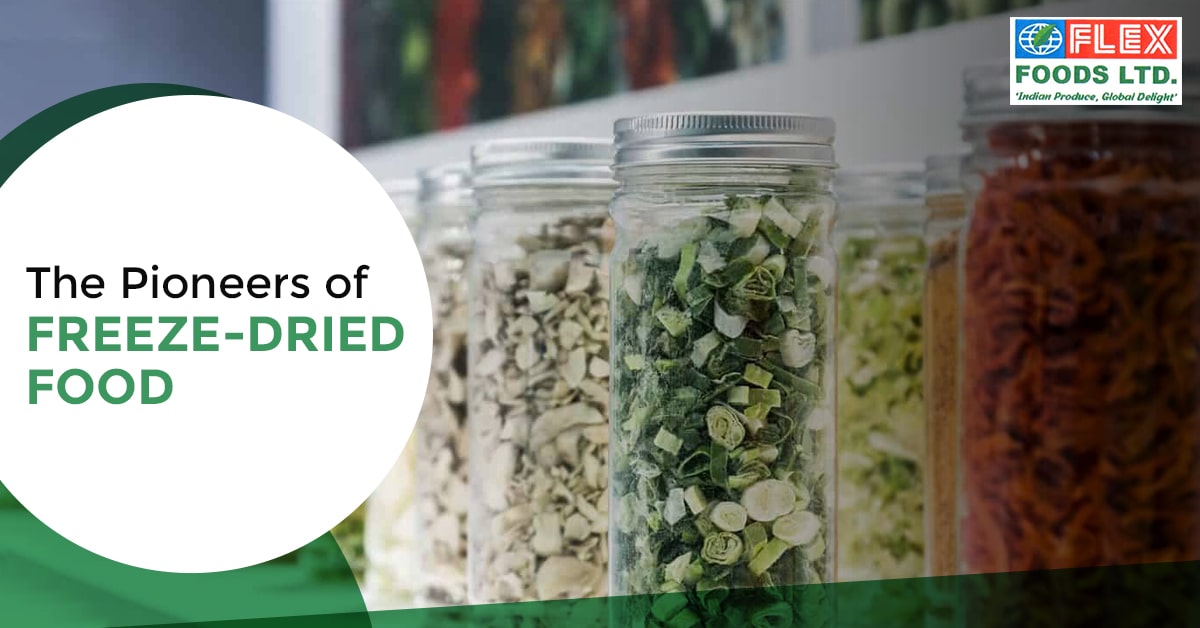In a world where environmental consciousness is becoming increasingly crucial, our daily choices, including the foods we consume, play a significant role in shaping sustainability. The debate between frozen vegetables in India and fresh produce is one that often surfaces in discussions about eco- friendly eating. In this blog, we will explore the environmental impact of choosing frozen vegetables over fresh, considering factors such as resource usage, transportation, and food waste.
Resource Consumption:
Water Usage:
Fresh produce often requires substantial amounts of water for cultivation. However, frozen vegetables, typically harvested at their peak freshness and quickly processed, may actually have a lower water footprint. The freezing process can help retain water content in the vegetables, reducing the need for excessive irrigation during cultivation.
Energy Consumption:
Freezing vegetables involves an energy-intensive process, mainly in the form of electricity used for freezing and storage. On the other hand, fresh produce may require refrigeration during transportation and storage. The overall energy impact depends on factors such as the distance the produce travels and the efficiency of the freezing and refrigeration processes.
Transportation:
Food Miles:
"Food miles" refer to the distance food travels from the point of production to the consumer. Fresh produce often faces long journeys from farms to supermarkets, contributing to carbon emissions associated with transportation. In contrast, frozen vegetables are usually processed near the source of cultivation, minimizing the distance traveled and potentially reducing their carbon footprint.
Cold Chain Logistics:
Both fresh and frozen foods rely on a cold chain for transportation and storage. Fresh produce may require constant refrigeration to maintain freshness, whereas frozen vegetables, once processed, can be transported in a frozen state. The efficiency of the cold chain logistics, the mode of transportation, and the energy sources used are critical factors in determining the environmental impact.
Food Waste:
Shelf Life:
One notable advantage of frozen vegetables is their extended shelf life. Fresh produce is susceptible to spoilage and decay, leading to higher levels of food waste. Frozen vegetables, when stored properly, can remain edible for an extended period, reducing the likelihood of being discarded due to spoilage. The same is the case for freeze-dried sweet corn.
Consumer Behavior:
Consumers often contribute to food waste by purchasing more fresh produce than they can consume before it spoils. In contrast, frozen vegetables allow for portion control, enabling consumers to use only what they need while keeping the rest frozen for later use. This can lead to a reduction in overall food waste at the consumer level.
Packaging:
Plastic Usage:
Packaging is a crucial aspect of the environmental impact of both frozen and fresh produce. Frozen vegetables often come in plastic packaging to protect them from freezer burn and contamination. However, advancements in eco-friendly packaging options are emerging. Fresh produce, while often less reliant on plastic packaging, may still involve packaging for protection and presentation.
Recyclability:
Assessing the environmental impact of packaging also involves considering the recyclability of materials. Some frozen vegetable packaging is designed to be recyclable, but the effectiveness of recycling programs can vary. Likewise, fresh produce packaging, often made of cardboard or paper, may be recyclable, but this depends on local recycling capabilities and consumer recycling practices.
Land Use and Agricultural Practices:
Crop Rotation and Sustainability:
Conventional agricultural practices for both fresh and frozen vegetables can impact land use. However, some frozen vegetable producers prioritize sustainable farming practices, such as crop rotation and reduced pesticide use. Understanding the agricultural methods employed by both fresh and frozen produce suppliers is essential in evaluating their environmental impact.
Seasonality:
The demand for certain fresh vegetables year-round often leads to practices such as importing produce from different regions or relying on greenhouse cultivation. Both practices can have environmental implications, such as increased energy usage for transportation or the environmental footprint of greenhouse gas emissions. Frozen vegetables and freeze-dried mushroom processed at the peak of their season may offer a more sustainable alternative.
Choosing between frozen vegetables and fresh produce involves a nuanced evaluation of various environmental factors. The environmental impact is not solely determined by the product's state (frozen or fresh) but also by factors like transportation efficiency, agricultural practices, and consumer behaviors. In striving for eco-friendly eating habits, consumers can make informed choices by considering the broader context of each option. Whether opting for frozen vegetables or fresh produce, being mindful of one's environmental footprint and supporting sustainable practices within the food industry are essential steps towards a more eco-conscious lifestyle.

